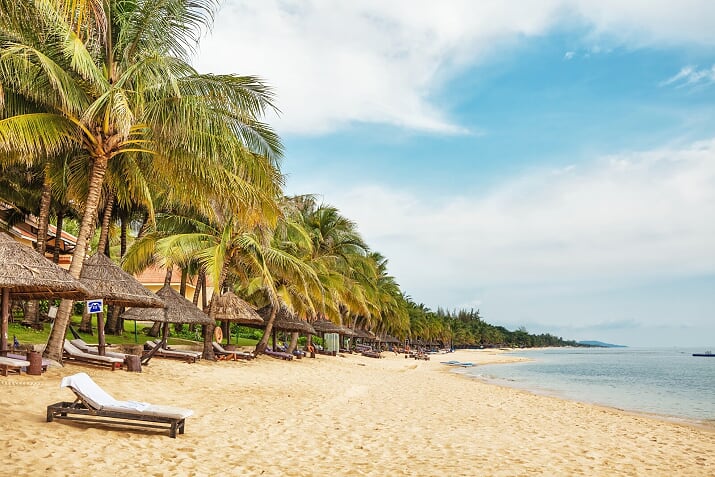Discover Our
Mai Chau Tour
Mai Chau, a serene valley tucked away in the verdant mountains of northern Vietnam, provides an ideal getaway for anyone looking to escape the fast-paced city life. As you journey through this picturesque region, you’ll be captivated by its breathtaking natural landscapes, where expansive rice paddies stretch across the valley floor and mist-covered peaks rise in the distance, creating an idyllic backdrop. The area is not only a paradise for nature enthusiasts but also a culturally rich enclave, home to ethnic groups such as the Thai and Muong, who have safeguarded their distinct traditions and lifestyle for centuries. Visitors can experience this rich heritage firsthand by staying in traditional stilt houses, joining in local festivals, and learning ancient crafts such as weaving and pottery. The warm hospitality of the local people adds a layer of authenticity, making your stay in Mai Châu a deeply personal and enriching experience.
Discover Our
Mai Chau Tour
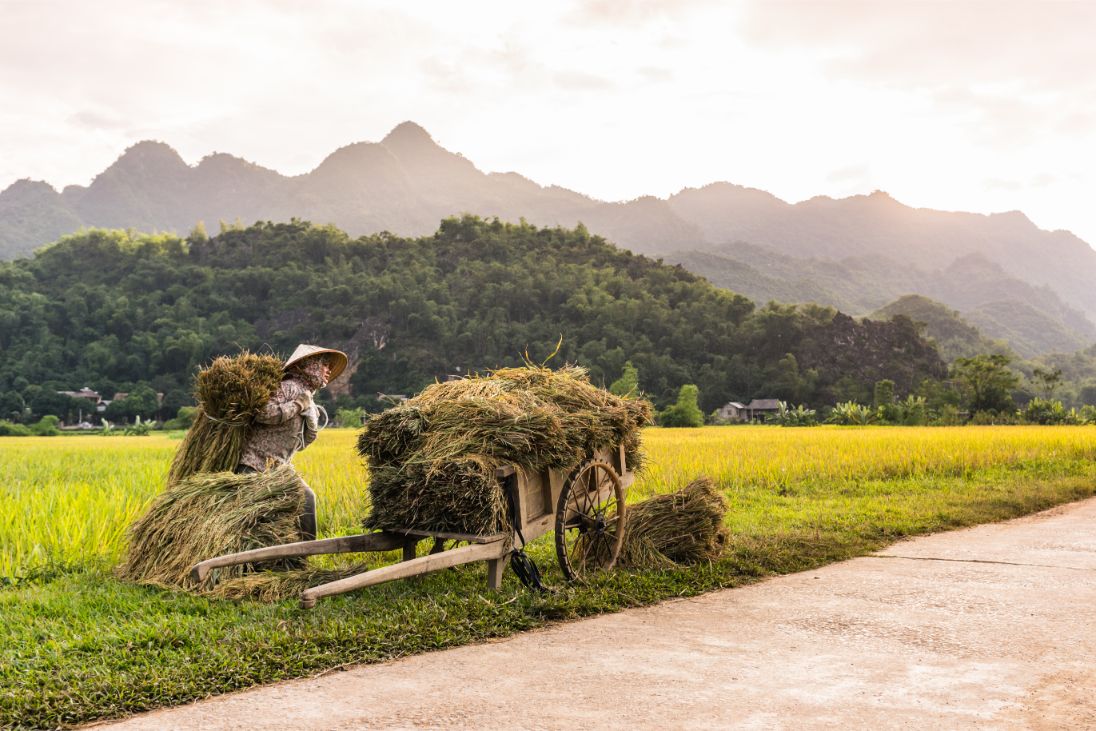
Our Luxury Mai Chau Tours
Travel Guide
1. Best time to visit Mai Chau
The best time to visit Mai Chau is from August to October. During these months, the weather is cool and dry, making it ideal for outdoor activities like trekking, cycling, and exploring the local villages. The rice terraces are particularly beautiful from September to November, when they turn golden during the harvest season. This period offers the perfect opportunity to witness the breathtaking landscapes and experience the local culture at its most vibrant.
2. Best things to do in Mai Chau
- Cycle through villages and rice paddies: One of the best ways to experience the beauty of Mai Chau is by cycling through its scenic villages and rice fields. The flat terrain and peaceful surroundings make for a relaxing ride.
- Stay with a Thai or Muong family: For an authentic cultural experience, spend a night in a traditional stilt house with a Thai or Muong family. You'll get to experience their daily lives, taste home-cooked meals, and participate in traditional activities.
- Trek in Lac and Pom Coong villages: These villages are renowned for their traditional stilt houses, vibrant rice fields, and warm-hearted residents. Trekking here offers a glimpse into the rural lifestyle of the ethnic minorities.
- Discover scenic waterfalls: Don't miss the Go Lao waterfall, a hidden gem near Mai Chau that offers a refreshing escape into nature.
- Explore Mo Luong cave: Located near Lac village, this cave is known for its impressive stalactites and stalagmites. It's a must-visit for those interested in natural wonders.
- Visit Mai Chau Sunday Market: Immerse yourself in the local culture by visiting the Mai Chau Sunday Market, where you can find traditional crafts, textiles, and local products.
- Participate in weaving workshops: Learn the art of traditional textile-making from local artisans in Mai Chau. It's a hands-on experience that offers insight into the region's rich cultural heritage.
- Experience Kayaking on Hoa Binh Lake: For a unique view of the area, take a peaceful kayaking trip on the nearby Hoa Binh Lake.
Practice the sustainable farming activities such as planting, harvesting rice and fishing in traditional ways with local people
3. Mai Chau’s nightlife to discover
Enjoy traditional Thai music and dance performances: Experience the vibrant culture of Mai Chau by attending an evening of traditional Thai music and dance. These performances, often held in local villages, showcase the region's rich heritage and are a great way to connect with the community.
Join in the traditional Bamboo dance: Take part in this cultural dance, where you'll need to master swift footwork as you move around shifting bamboo poles. It's a lively and enjoyable experience that provides insight into the local traditions.
Have dinner with a local family: Share a meal with a local family and learn how to cook traditional ethnic minority dishes using fresh, local ingredients. This immersive experience not only lets you savor authentic meals but also deepens your understanding of the local way of life.
4. Must-try foods in Mai Chau
When you're in Mai Chau, it's essential to savor the local dishes. The region is known for its authentic and rustic dishes, often prepared with fresh, locally sourced ingredients. Whether you’re dining at a homestay, a lodge, or an eco-resort, these traditional foods offer a taste of the region’s rich culinary heritage.
- Com Lam: A traditional dish where sticky rice is cooked inside bamboo tubes. The rice takes on the delicate fragrance of the bamboo, creating a distinct and aromatic delicacy.
- Bamboo Shoot Soup: Tender bamboo shoots simmered with pork or chicken in a delicate, savory broth. This soup is a delightful and flavorful dish that highlights the region's plentiful bamboo.
- Banana Flower Salad: A crunchy and tangy salad made from banana blossoms, often mixed with herbs, peanuts, and a light dressing. It’s a refreshing side dish that complements the main courses.
- Lợn Mán: Meat from free-range pigs raised in the hills, known for its tender texture and rich flavor. It’s often grilled, smoked, or stewed in traditional dishes.
- Ga Doi Nưong: Grilled hill chicken, marinated with local herbs and spices before being cooked over an open flame. The result is juicy, flavorful meat with a smoky aroma.
- Thit Gac Bep: Smoked meat, typically beef or pork, that is dried by hanging above a kitchen fire to take in the rich, smoky flavors. It’s a favored snack or side dish.
- Herbal Soup: A nourishing soup made from a variety of local herbs and vegetables. It's commonly presented as a nourishing and comforting meal.
- Oc da hap gung: Stone snails steamed with ginger, delivering a subtle and mildly spicy taste. This dish is typically enjoyed as an appetizer or a light snack.
- Ca Nuong: Grilled fish, typically marinated with herbs and spices before being cooked over a fire. It’s a simple yet delicious way to enjoy the region’s fresh fish.
Specific to Mai Chau:
- Thit nuong la Mac Mat: Grilled meat wrapped in Mac Mat leaves, a local specialty that combines the savory taste of meat with the unique, slightly sour flavor of the leaves.
- Xoi Mau: Colored sticky rice, often prepared with natural ingredients like leaves or flowers to create vibrant hues. It’s a festive dish, commonly served during special occasions and celebrations.
- Can Wine: A traditional rice wine enjoyed communally. It’s usually served in large jars with long bamboo straws, and drinking it is often accompanied by singing and dancing
5. Important responsible travel tips for visiting Mai Chau
- Dress modestly, especially when visiting local villages and cultural sites.
- Ask for permission before taking photos of ethnic minority people.
- Greet locals politely and learn basic Vietnamese or Thai phrases to show respect.
- Follow village customs, such as removing shoes before entering a stilt house.
- Avoid loud noise in homestays and villages to respect the peaceful rural environment.
- Choose eco-friendly homestays and lodges run by local families.
- Support local artisans by buying handmade textiles and crafts directly from villagers.
- Participate in cultural activities like traditional dance performances in an ethical manner.
- Avoid giving money or gifts to children; instead, support community development projects.
- Use refillable water bottles to reduce plastic waste.
- Dispose of trash properly and avoid leaving waste in natural areas.
- Stick to marked trails when trekking to minimize environmental impact.
- Respect local wildlife and avoid disturbing animals or plants.
- Eat at local family-run restaurants to support the local economy.
- Hire local guides for trekking and cultural tours to ensure an authentic experience.
- Be fair when negotiating prices for goods and services, as tourism is a key income source for locals.
6. The essential Do's and Don'ts for traveling in Mai Chau
- Dress modestly when visiting local villages and cultural sites to show respect for local customs.
- Ask for permission before taking photos of locals, particularly from ethnic minority communities.
- Support local businesses by purchasing handmade crafts and products directly from villagers.
- Hire local guides for trekking and cultural tours to ensure an authentic experience.
- Respect nature by sticking to marked trails when trekking to protect the environment.
- Stay in eco-friendly homestays or locally-owned accommodations to support the local economy.
- Engage in cultural activities like traditional music or dance performances in a respectful manner.
- Respect the peaceful rural lifestyle by keeping noise levels low, especially in the evenings.
- Don’t wear revealing clothes when visiting religious sites or local villages—cover your shoulders and knees.
- Avoid taking photos without permission, especially of locals or sacred sites.
- Don’t give money or gifts to children—instead, support community development projects or buy local products.
- Avoid leaving trash behind in nature, especially in villages or on trekking routes.
- Don’t disturb local wildlife or damage plants and trees while exploring.
- Avoid haggling aggressively—negotiate fairly and respectfully, as tourism is an important livelihood for locals.
- Don’t disrupt local customs—be mindful of local traditions and practices, particularly when entering a home or temple.
Meet our Expert





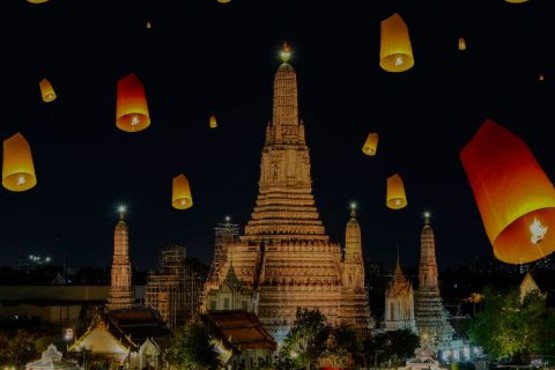


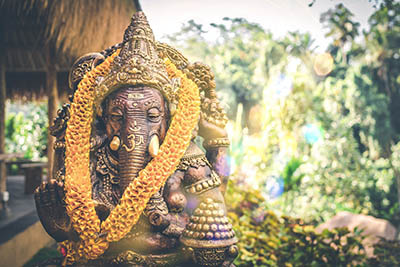


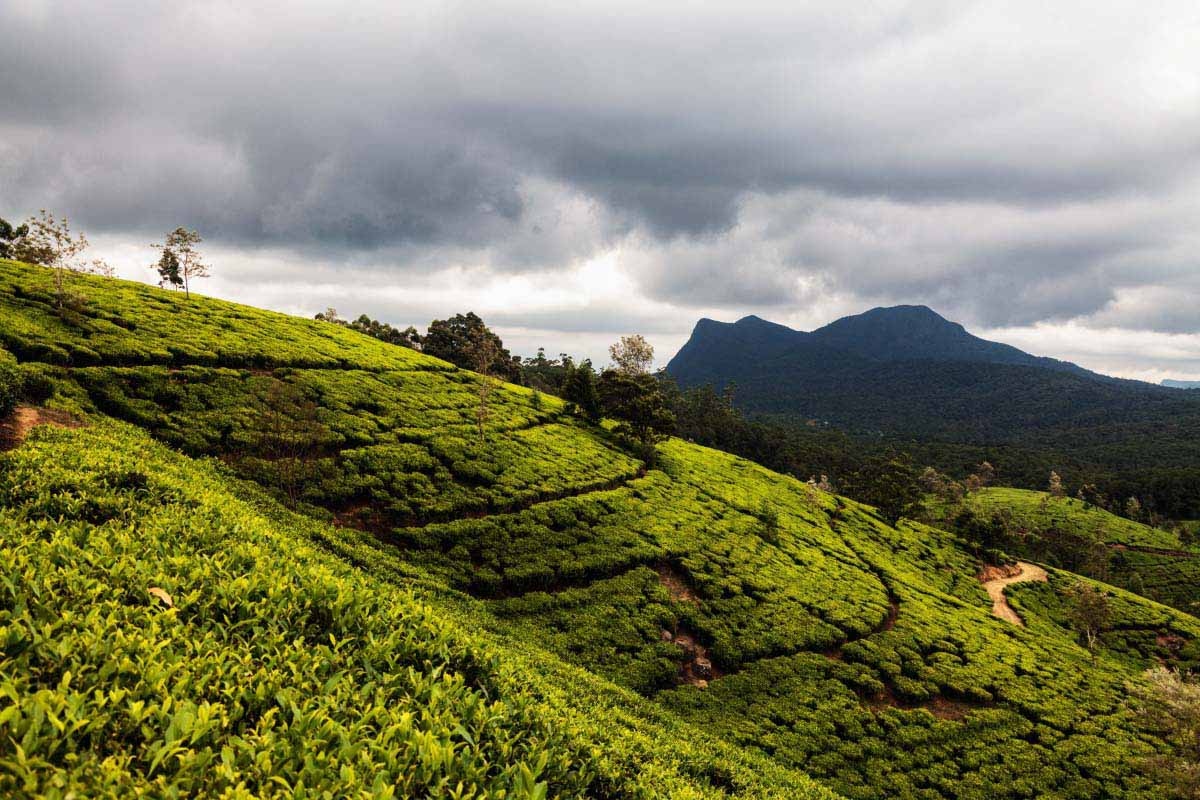
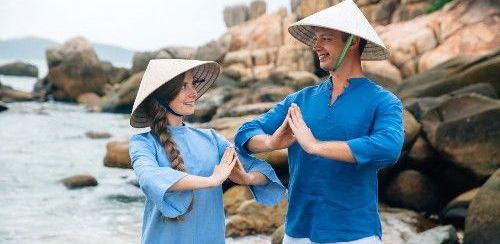


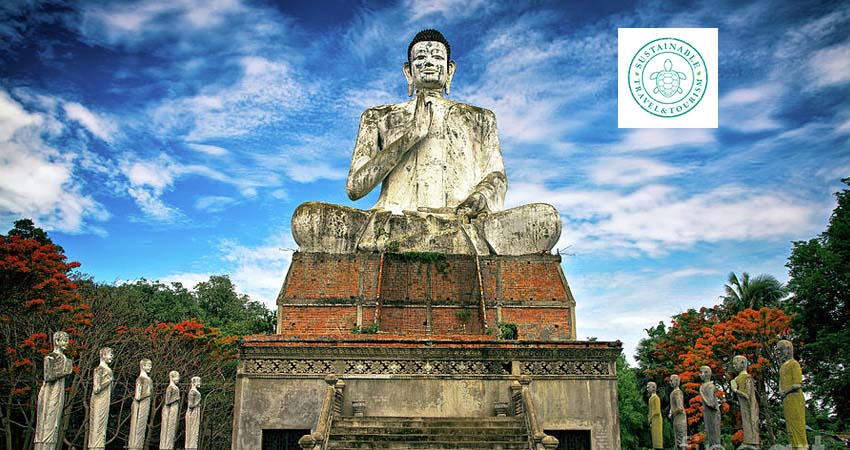
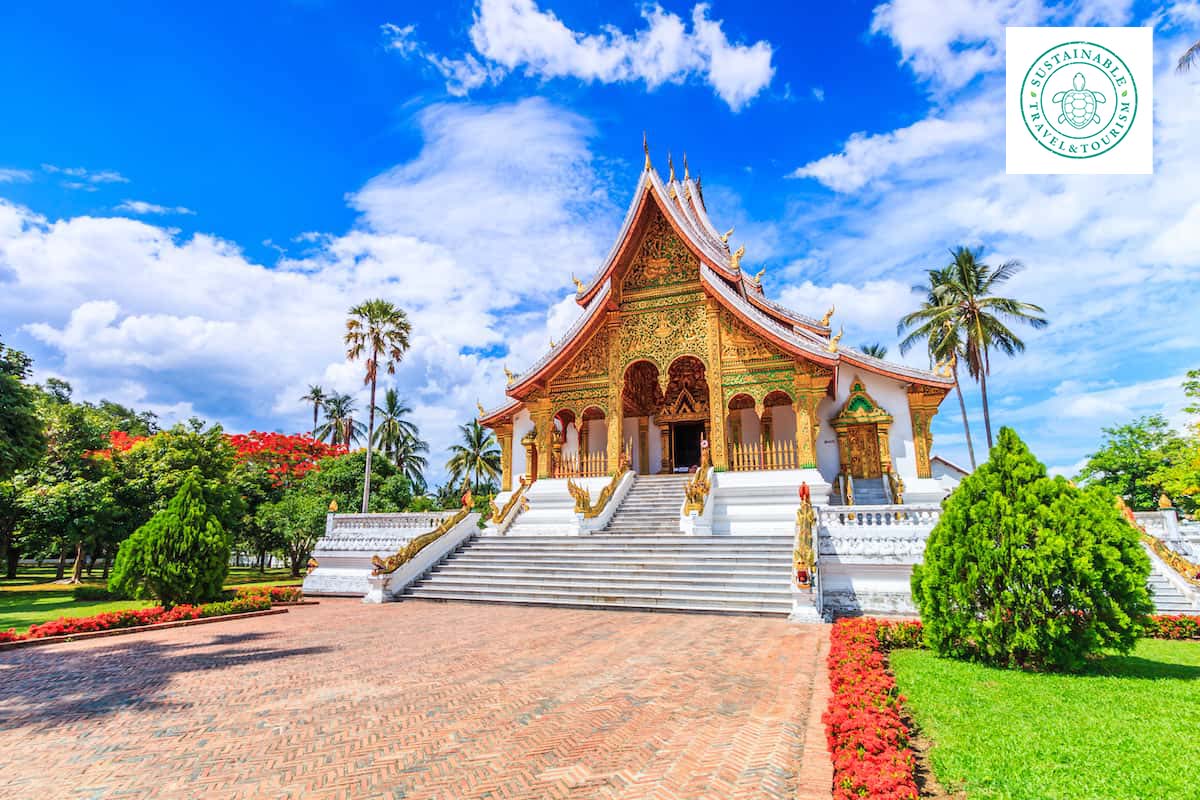
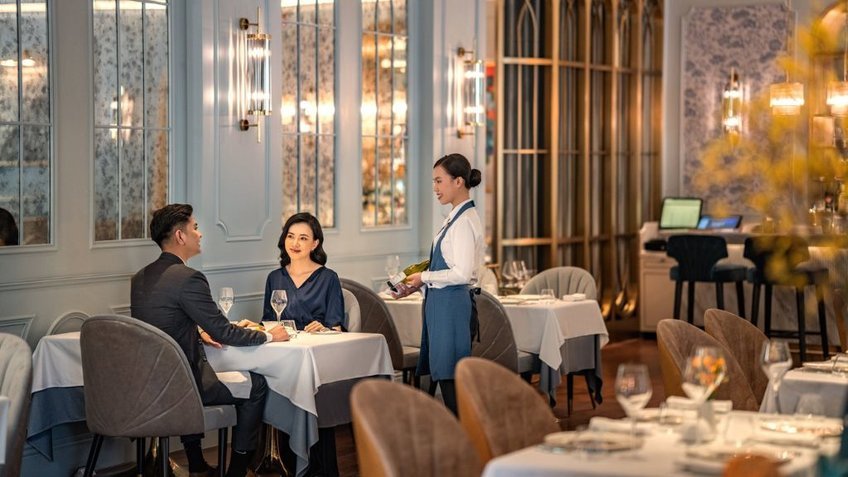

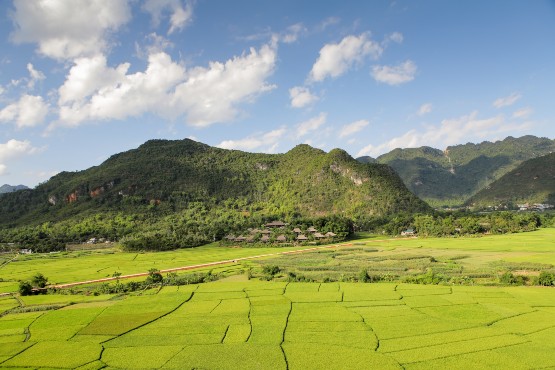
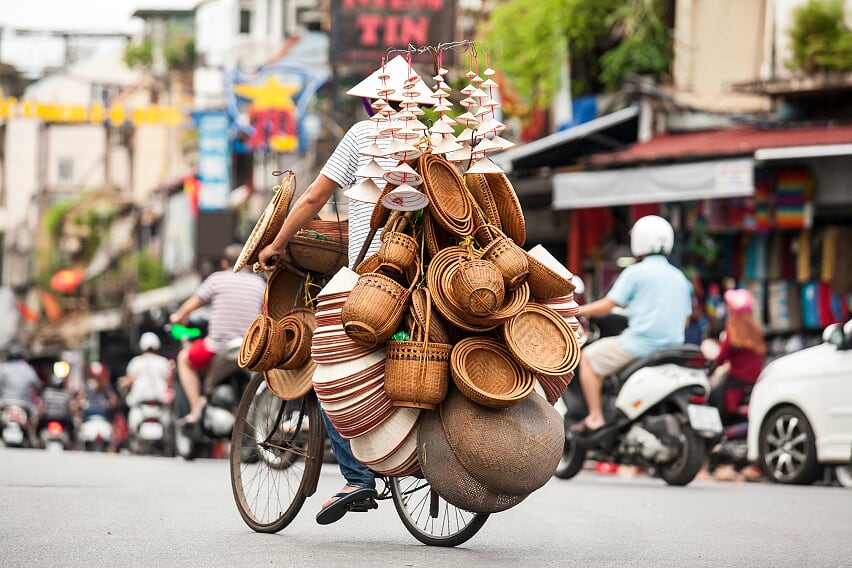
.jpg)

